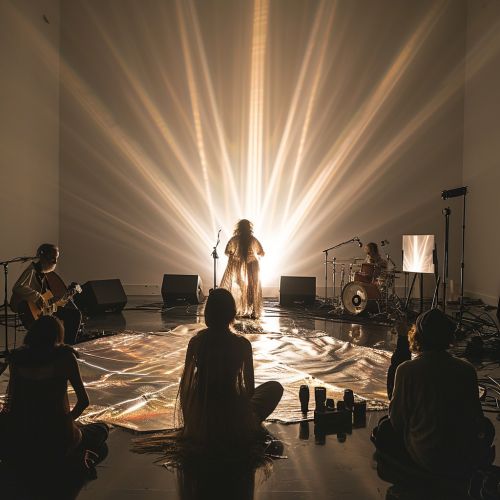Laurie Anderson
Early Life and Education
Laurie Anderson was born on June 5, 1947, in Glen Ellyn, Illinois. She studied art history at Barnard College in New York City, graduating in 1969. She then went on to earn an MFA in sculpture from Columbia University in 1972. During her time at Columbia, Anderson studied with notable artists such as Richard Serra and Bruce Nauman, who greatly influenced her early work.
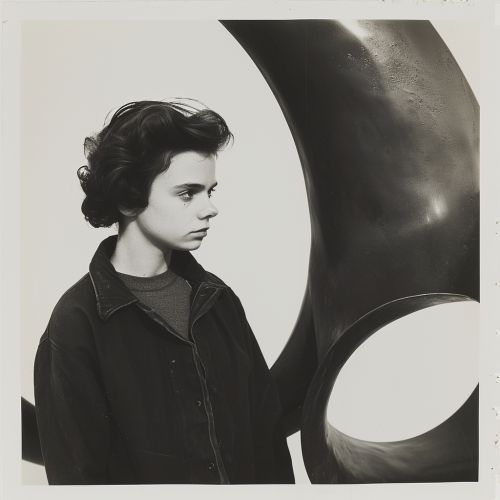
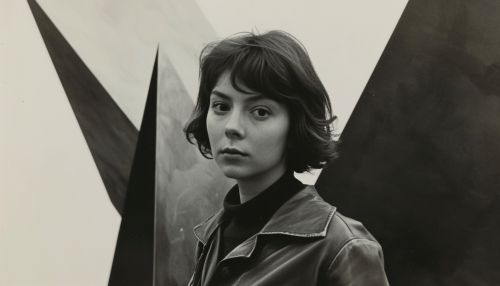
Career
Anderson began her career as a performance artist in the early 1970s, creating works that combined elements of sculpture, music, and spoken word. Her early performances often involved her playing the violin while telling stories, a style that would become a hallmark of her later work.
In 1981, Anderson achieved mainstream success with her single "O Superman," which reached number two on the UK Singles Chart. The song, which was a part of her larger work "United States I-IV," combined her distinctive spoken word style with electronic music, and its success marked a turning point in her career.
Throughout the 1980s and 1990s, Anderson continued to push the boundaries of performance art, incorporating new technologies into her work. She was one of the first artists to use a vocoder in her performances, and she also developed a number of unique instruments, such as the tape-bow violin and the talking stick.
In addition to her work as a performance artist, Anderson has also had a successful career as a recording artist. She has released several albums, including "Big Science" (1982), "Mister Heartbreak" (1984), and "Bright Red" (1994). Her music often features her distinctive spoken word style, combined with a variety of musical genres, from electronic music to classical.
Anderson has also worked in film and television. In 1986, she directed and starred in the concert film "Home of the Brave," and in 2002, she released a documentary about her life and work, titled "The End of the Moon."
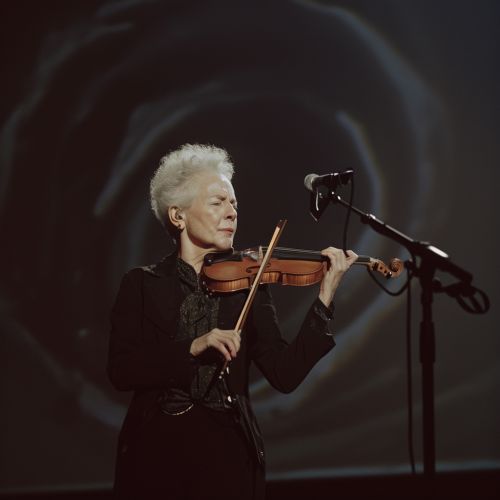
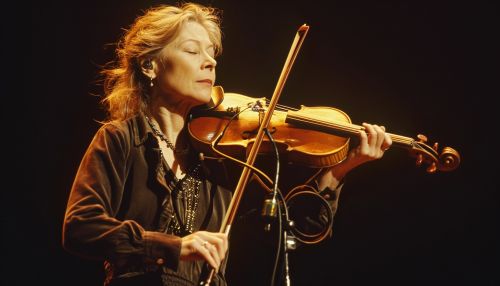
Artistic Style and Influence
Anderson's work is characterized by its innovative use of technology and its blending of different art forms. She is known for her distinctive spoken word style, in which she tells stories over music, often using a vocoder to alter her voice.
Anderson's work has been influential in a number of fields, from performance art to popular music. Her use of technology in her performances has been particularly influential, inspiring a generation of artists to incorporate new technologies into their work.
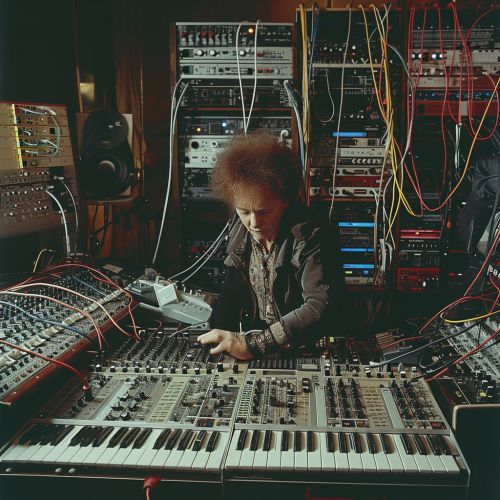

Personal Life
Anderson was married to musician Lou Reed from 2008 until his death in 2013. The two collaborated on a number of projects throughout their relationship, and their partnership had a significant impact on both of their careers.
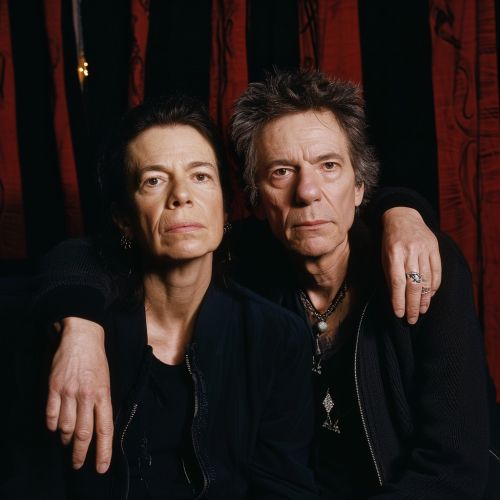

Legacy
Anderson's innovative use of technology and her blending of different art forms have made her a significant figure in the world of performance art. Her work has inspired a generation of artists and continues to be influential today.
